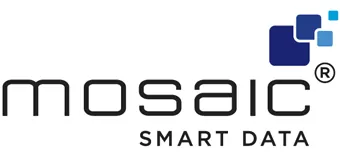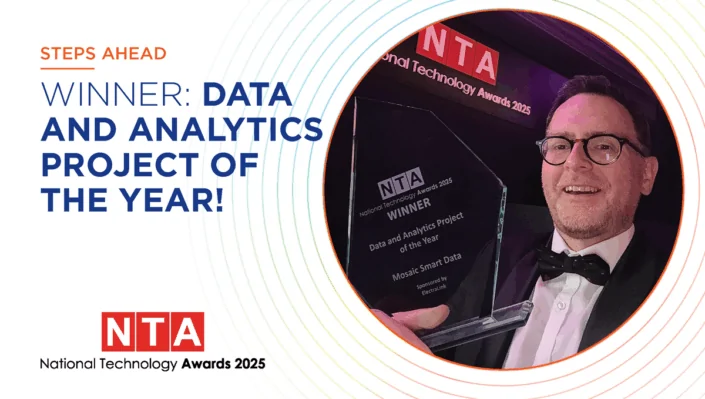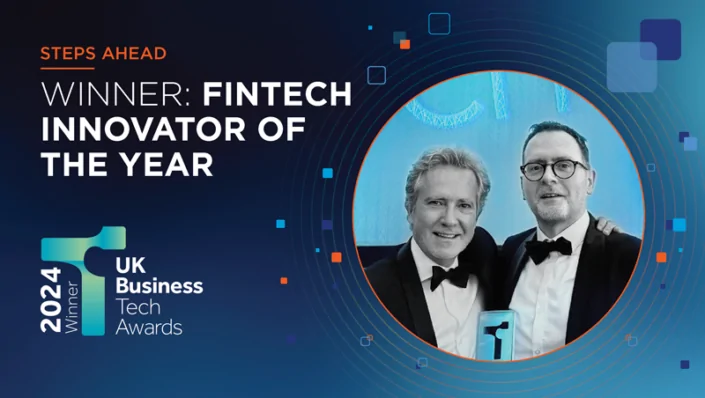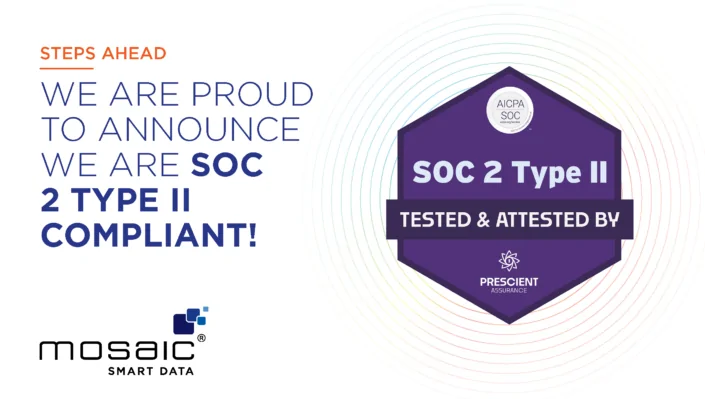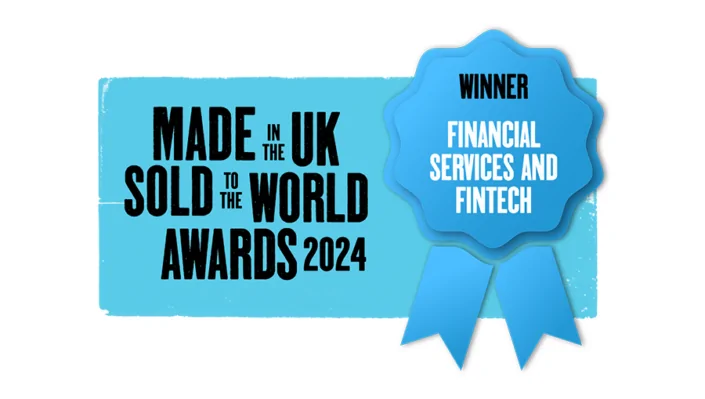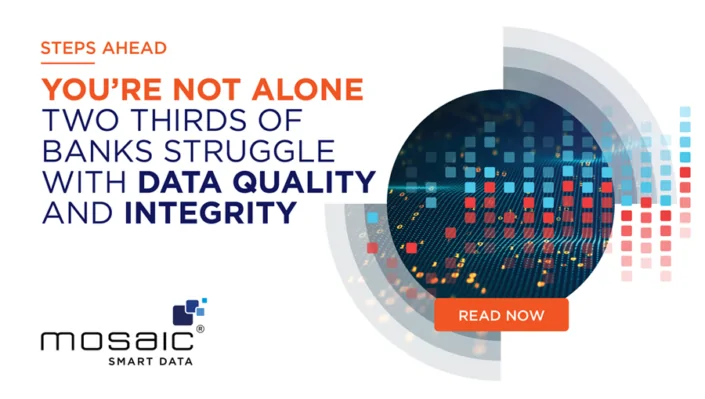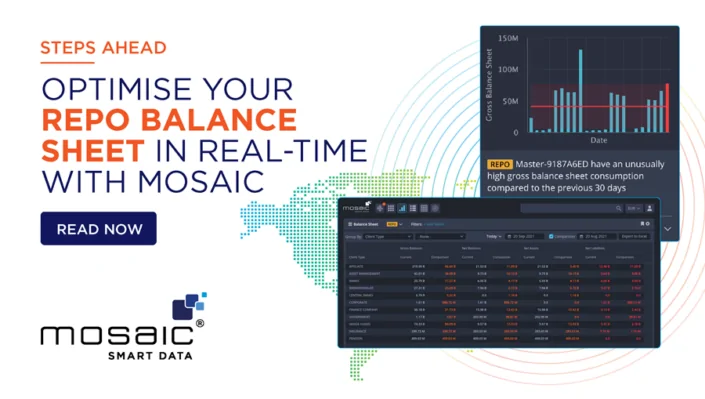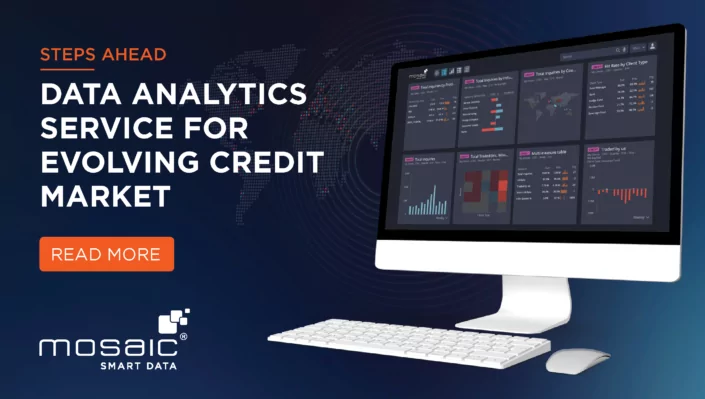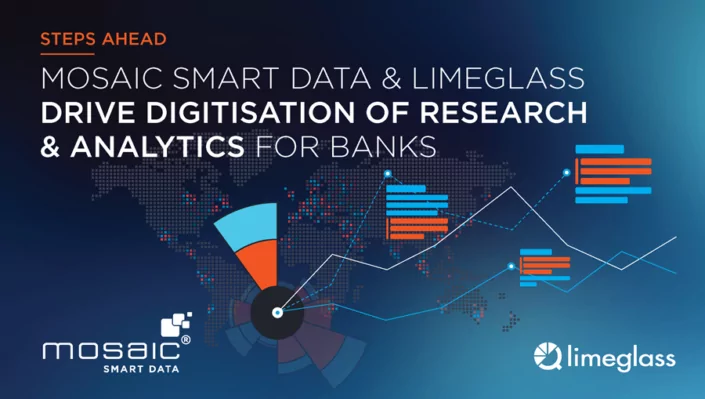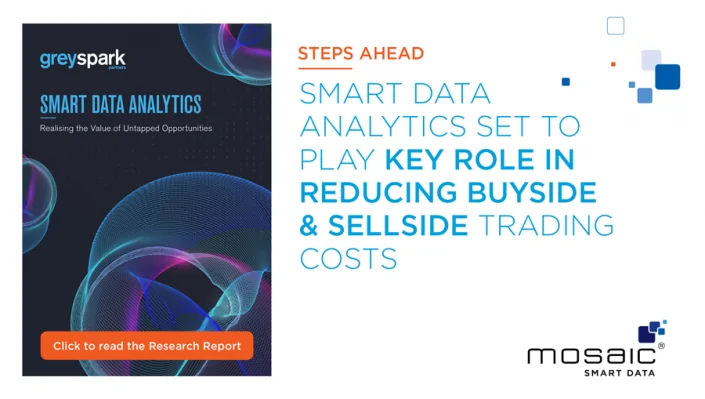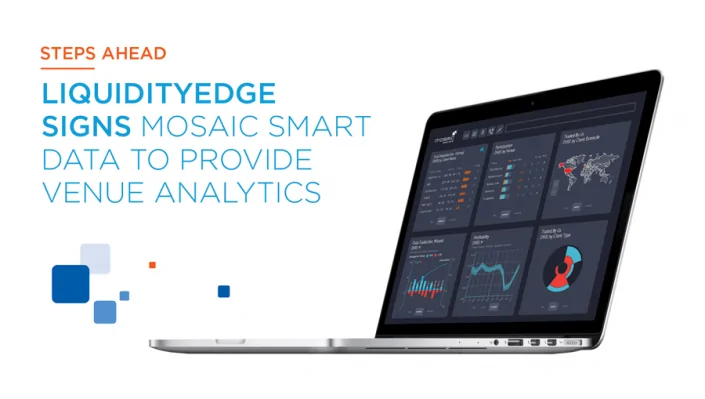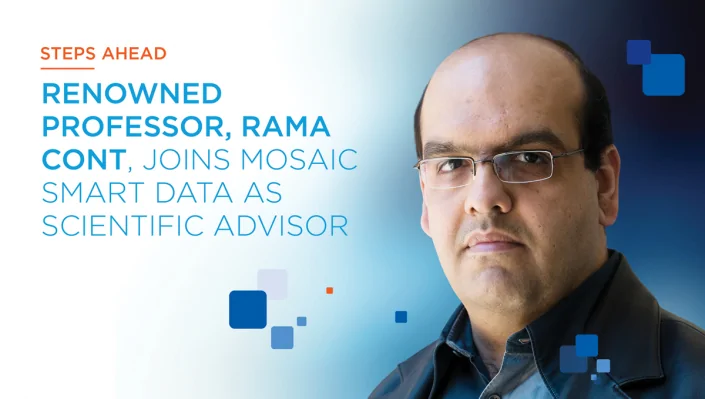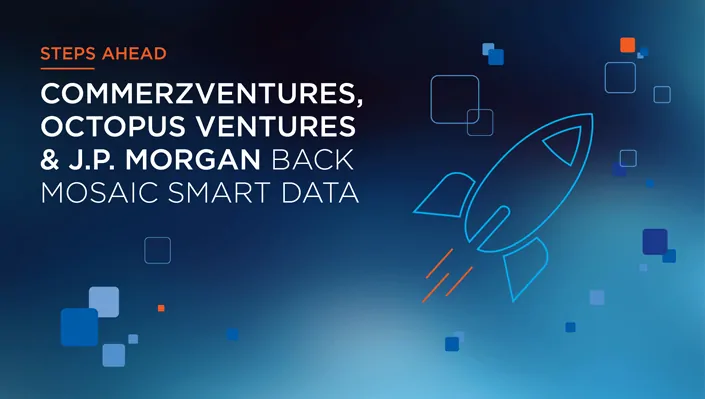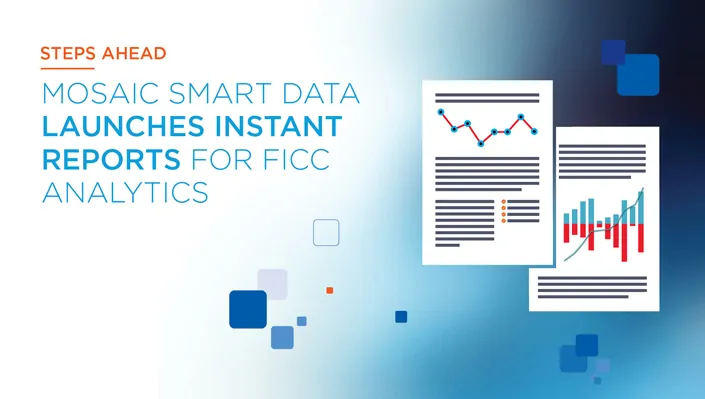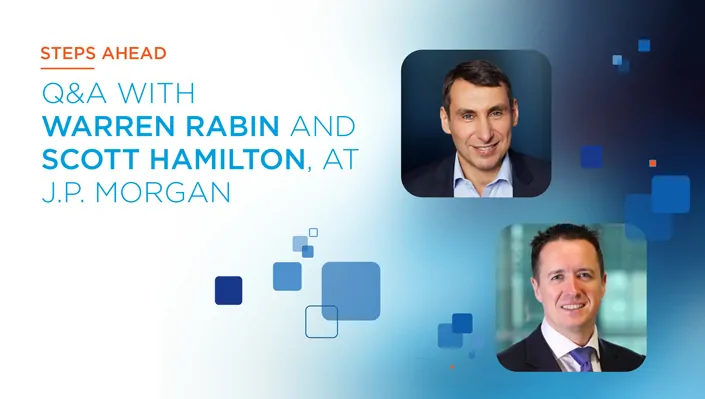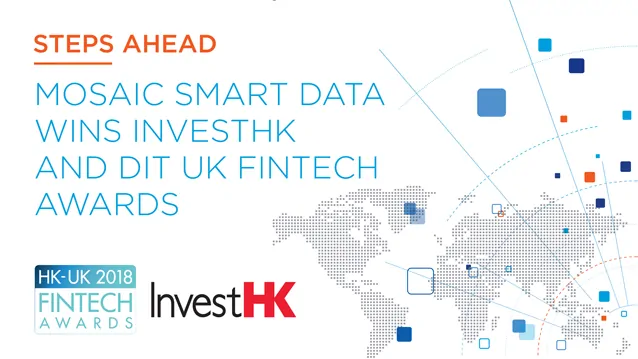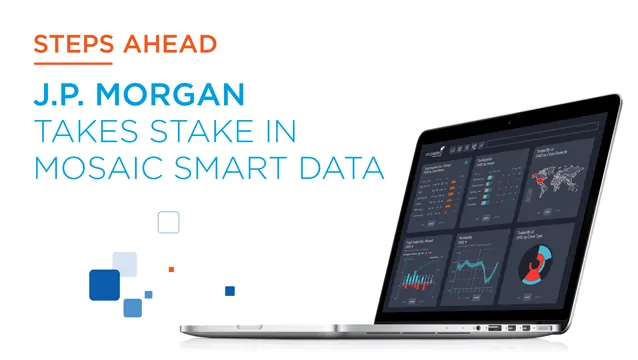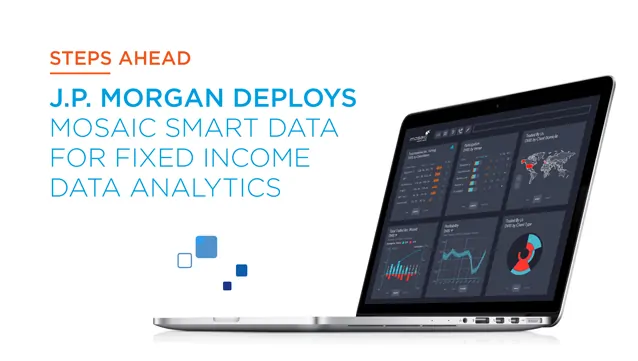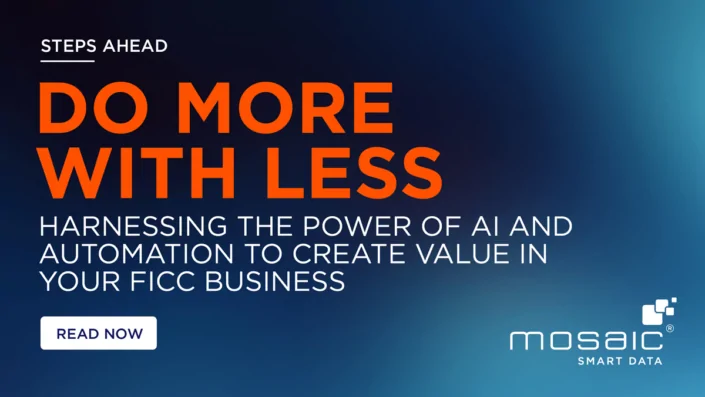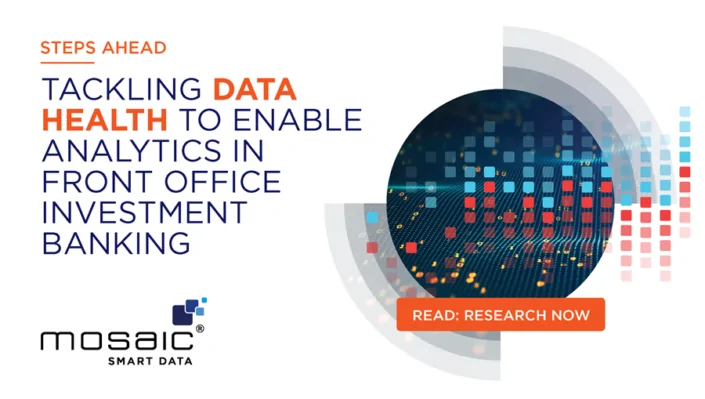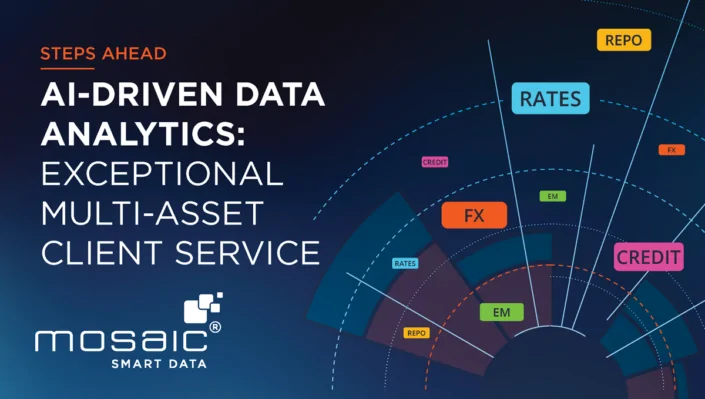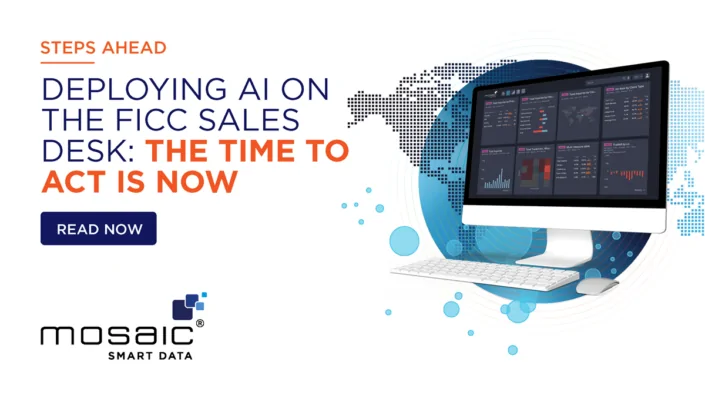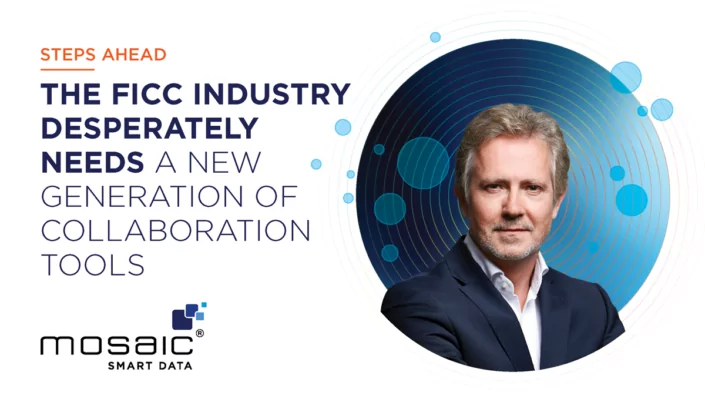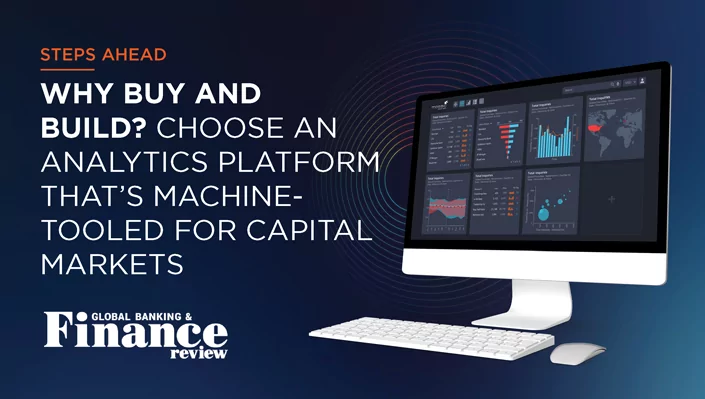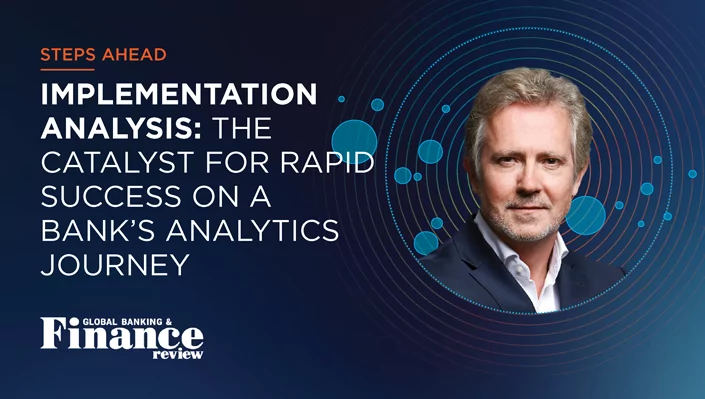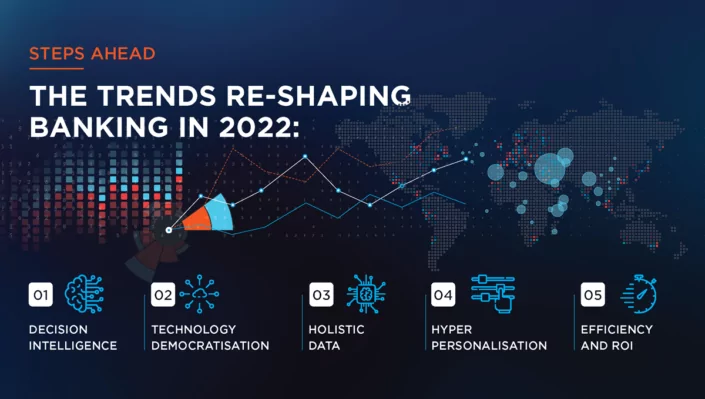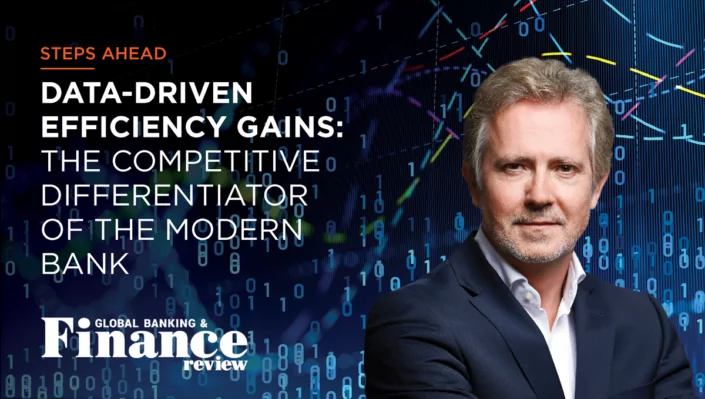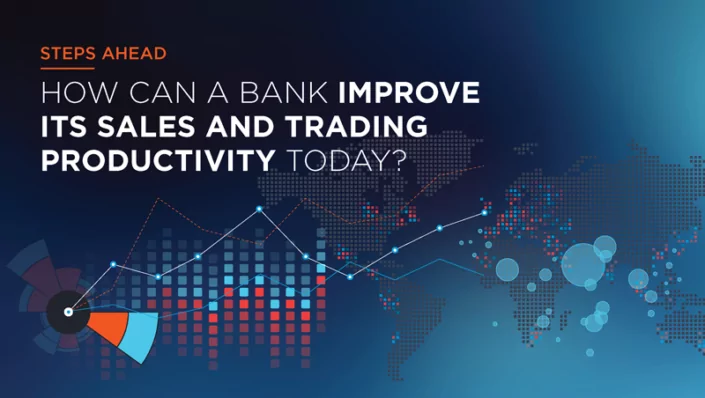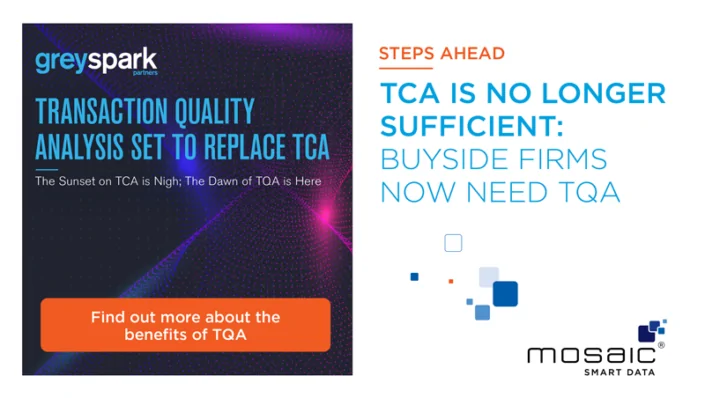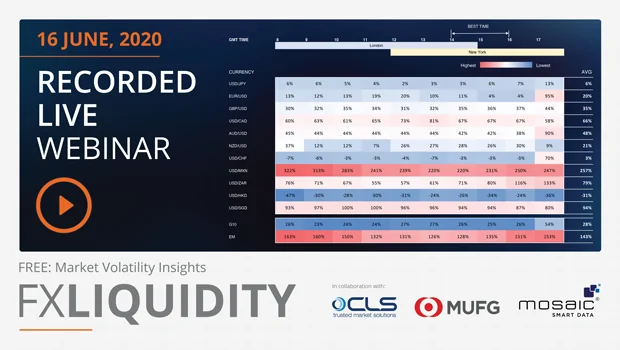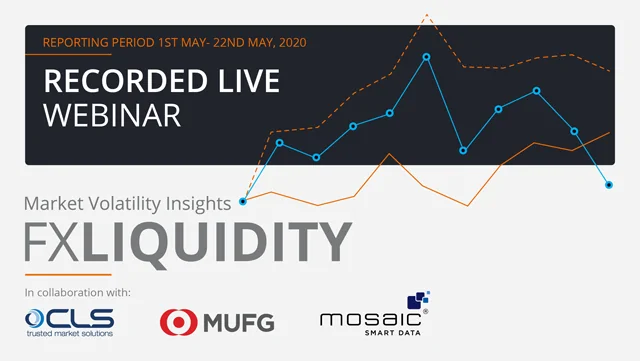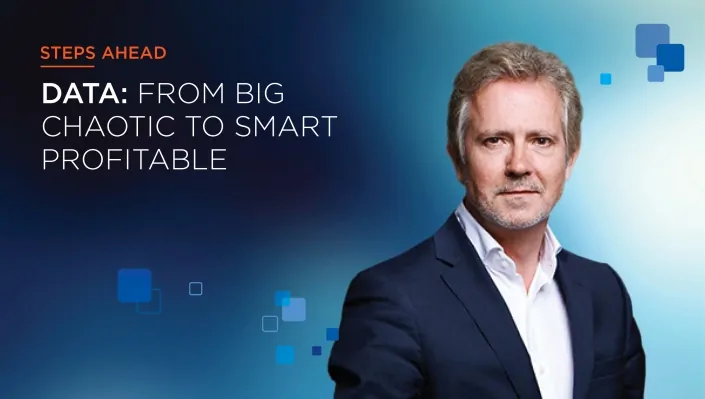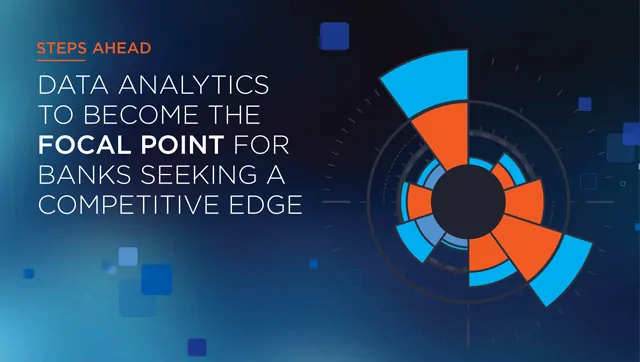Steps Ahead
To build or to buy? Effective innovation in an era of rapid change
Mosaic Smart Data: The pace of technological change in the financial markets has never been faster, fueling a voracious appetite for innovation across the buy- and sell-side. Knowing when to engage the help of specialist partners is a critical step towards gaining a competitive edge.
Some financial institutions have recently recast themselves as fintech firms, rather than banks or asset managers. This would have been unthinkable even just five years ago, but it reflects the fact that many of the world’s best technologists and data scientists are now working in finance, developing the tools to help companies unlock the vast potential in areas such as data analysis and automation.
The size of the opportunity explains the driver behind the seismic shift taking place across the industry. It’s been estimated that slow and inefficient software deployment processes cost the financial services sector a staggering $1.5 billion annually.[1] Firms could recoup those costs by adopting innovative technology solutions, but the age-old question remains: to build or to buy?
With so much opportunity, technology teams can’t possibly work across every possible project and explore the full potential in all emerging fields such as data science, AI and blockchain simultaneously. Even the largest firm would struggle to find the internal resources to ensure each avenue is explored thoroughly.
Matthew Hodgson, CEO and founder of Mosaic Smart Data commented,
“There are more advantages to faster development than simply saving on engineering cost. Getting a product to market faster often leads to increased market share and gives a firm a distinct advantage over its competitors. In industries where innovation and competition is high, time to market may be critical factors for a project’s success.”
Research from Greenwich Associates has found that the current method for developing and deploying software within large financial services institutions has changed little over the last 20 years, struggling to keep pace with the explosion in new technologies available to them.
Kevin McPartland, Head of Greenwich Associates Market Structure and Technology Research, warns of the dangers of slipping behind in the innovation race:
“Of course, burdensome regulations and compliance requirements play a part in Wall Street’s slow move toward more modern software deployment, but the lack of improvement and adoption of the latest technology is no longer acceptable,” he says.
However, choosing which projects to focus internal technology teams on, and where to bring in specialist third parties to develop technology, is a key decision for any firm – and one which has the potential to make or break its competitive edge. Before powering ahead with a new technology project, a company should ask itself a series of important questions about its objectives.
Critical value or neutral utility?
The first question a firm must ask is whether the solution they are seeking will provide a distinct market edge – such as a specific quant trading strategy for example – or support more efficiency in a particular process, such as reconciliation or regulatory reporting.
Technology intended purely to provide a market edge can sometimes lend itself to proprietary, in-house development. After all, banks and buy-sides are home to some of the world’s leading quants, whose talents must not be wasted. These types of projects are often very focused on a particular function and only require deployment on one desk or in a specific department, making them quicker to execute and more linear in nature.
Technology consultancy Gartner echoes this sentiment, stating in a report:
“Build activities within organisations should be focused on quick and inexpensive ‘hits,’ as well as projects that just cannot be purchased at any price.”
On the other hand, it often makes sense to buy in technology intended to deliver a utility, working with the vendor to fine-tune it to meet a firm’s specific requirements. These types of utilities tend to have far-reaching benefits across an organization. When working on such a large scale, efficient integration and deployment is critical – and this is an area that third-party vendors specialise in.
After all, if a vendor comes up against an integration challenge, they’ve probably seen and solved a similar problem before with another customer, so they are able to draw on broad and diverse experience in a way an in-house team may not be able to.
The art of integration is a complex skill and a hurdle that can kill an in-house technology project, remaining an unfortunate barrier to innovation for many firms. Greenwich’s Kevin McPartland adds:
“The widespread adoption of improved software deployment processes could deliver significant cost and efficiency gains and spur an explosion of institutional fintech innovation that is clearly bubbling below the surface and waiting to emerge,” he says.
How can innovation risk be minimised?
Perhaps the most obvious question a firm should ask is: what is this project’s chance of success?
With budgets and margins under real pressure even at top-tier investment banks, cost has become a more crucial factor in any decision related to technology. As institutions are constantly looking for ways to eliminate risk from business operations, the unpredictable cost and resource demands of in-house technology projects have contributed to an increase in the levels of outsourcing.
Moreover, the tolerance for risky innovation is eroded by short-term ROI demands and aggressive growth goals. In a fast-paced environment in which technological advancements are continuous, in-house systems risk becoming obsolete even before completion.
In today’s environment banks must do everything in their power to ensure they minimise innovation risk – and the quickest route to success is partnering with innovative fintech vendors to implement best-in-class solutions quickly and efficiently, with predictable and transparent costs.
Vendors are also able to offer an economy of scale, as the development costs are essentially spread across their entire client base rather than burdening one single institution. And – perhaps more importantly – a firm is able to see success stories of the technology in action before deploying it, rather than walking blindly into a proprietary build.
“The importance of predictability really can’t be underestimated when embarking on a technology project,”
says David Hudson, Co-Head of CIB Digital and Platform Services at J.P. Morgan.
“A responsible CTO should be able to answer with as much accuracy as possible when asked how much a project will cost and what benefits it will deliver to the business. If you can draw on the experience of your peers in implementing the same technology platform and a vendor is able to give you an upfront cost – and stick to it – the build versus buy contest has a clear winner.”
The additional cost of maintaining and enhancing proprietary technology is another reason why financial services institutions often favor purchasing technology solutions from those that have already incurred the cost and resources of building it and are best able to efficiently support and enhance it.
Prioritising time to market or a tailored solution?
Last but certainly not least, as firm should ask itself: do I need this project completed quickly, or is customisation more important?
While an in-house solution is truly bespoke, the reality is that they take a dedicated team months or even years to develop, test and deploy. To further complicate matters, large in-house IT projects are notorious for exceeding their anticipated timelines. Typically the larger the project, the slower the time to market. In a field such as data analysis, where solutions are most valuable when deployed company-wide, the risk for such overrun is significant.
There are more advantages to faster development than simply saving on engineering cost. Getting a product to market faster often leads to increased market share and gives a firm a distinct advantage over its competitors. In industries where innovation and competition is high, time to market may be critical factors for a project’s success.
By opting to outsource technology build and paying attention to their core business, institutions are often able to cut their time to market by years – and if they choose the right vendor, this doesn’t have to come at the expense of customising the technology.
“Given the rapid pace of innovation, it’s increasingly unnecessary to build all technology in-house,”
says Dirk Manelski, Chief Technology Officer at PIMCO.
“We partner with FinTech’s when it enables us to deliver more efficiently on what our clients care most about – performance and service. Then we work closely with them to ensure that the solution fits with our technology strategy.”
Forward-thinking vendors offer their core technology as an off-the-shelf solution but then work closely with the customer to fine-tune it to their individual requirements, adding functionality where necessary while ensuring integration is handled seamlessly.
The best of both worlds
The decision to buy or build can be complex and nuanced. Every organisation has a general philosophy on software development, but in reality one policy cannot be applied with success to all scenarios.
Tough decisions have to be made when answering the questions we have explored here, and the answer isn’t always clear cut – after all, an ill-advised software purchase can be as damaging to a business as an overrun and over-budget custom build. However, a firm should not have to make compromises or choose between a solution that delivers their specific needs and one that can be delivered on time and on budget.
For a CTO operating in today’s financial markets, the real skill lies in identifying and partnering with the fintech firms with the technology and expertise to deliver the benefits of a custom build without the headache, risk and unnecessary impact on their bottom line.
